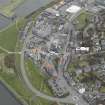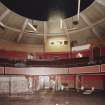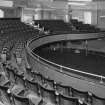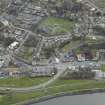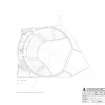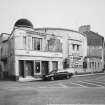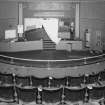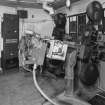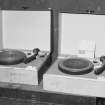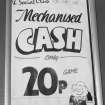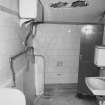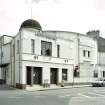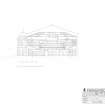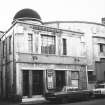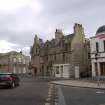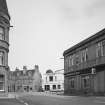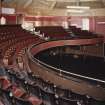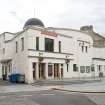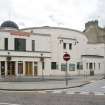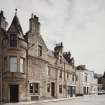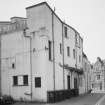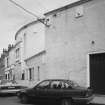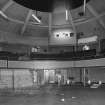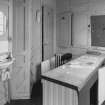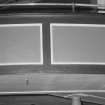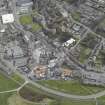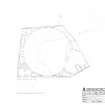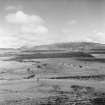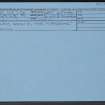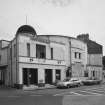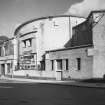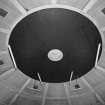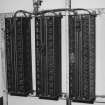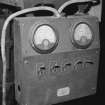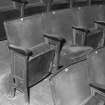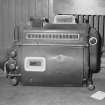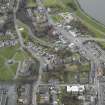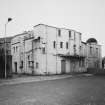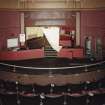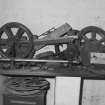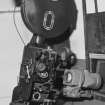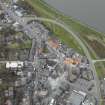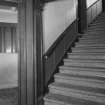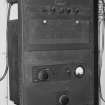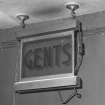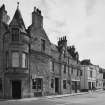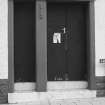Following the launch of trove.scot in February 2025 we are now planning the retiral of some of our webservices. Canmore will be switched off on 24th June 2025. Information about the closure can be found on the HES website: Retiral of HES web services | Historic Environment Scotland
Bo'ness, 10 Hope Street, The Hippodrome
Cinema (20th Century), Club (20th Century), Theatre (20th Century)
Site Name Bo'ness, 10 Hope Street, The Hippodrome
Classification Cinema (20th Century), Club (20th Century), Theatre (20th Century)
Alternative Name(s) Hamilton Lane; North Street; Hippodrome Cinema
Canmore ID 48166
Site Number NS98SE 43
NGR NS 99845 81681
Datum OSGB36 - NGR
Permalink http://canmore.org.uk/site/48166
- Council Falkirk
- Parish Bo'ness And Carriden
- Former Region Central
- Former District Falkirk
- Former County West Lothian
Construction (1911)
ARCHITECT: Matthew Steele, 1911
Architect of Ticket Office: John Taylor, 1926
(Undated) information in NMRS.
Watching Brief (June 2007)
A watching brief was undertaken by Headland Archaeology.
RCAHMS Manuscript Ref. MS 5702
Note (29 June 2009)
This building is believed to be the oldest purpose-built cinema surviving in Scotland. Following renovation, it reopened as a cinema on 9 April 2009.
Information from RCAHMS (RJCM), 29 June 2009.
Note (December 2017)
Birth of a New Technology
Imagine a world with no social media, internet, television, cinema or even radio. Take away all our mass media and life wound be very different. Cinema was the first of these new technologies to sweep the world, ushering in the dawn of modern mass culture. The water cooler moment had been born, before the invention of the water cooler!
If we think about cinema in Scotland then Bo’ness may not be one of the first places to come to mind. However, it was an early hotbed of activity. The Early Cinemas in Scotland Research Project identified one cinema venue in nearby Linlithgow, one in Queensferry, two in Grangemouth and seven in Bo’ness - the same number as found in the far larger town of Dunfermline; and well ahead of Stirling, which had four.
The first film show in Bo’ness took place in the Drill Hall on 27th December 1897. It was later joined by the Town Hall as a venue, following the latter’s opening in 1904. Neither were dedicated cinemas, as they hosted a range of activities and entertainments.
In 1909, the Edinburgh cineaste, Louis Dickson, took over the Drill Hall, partly as a place to show his own films of local events. He renamed it the Picture Palace. The following year, a hall in the town centre was converted into the Electric Theatre, with a capacity of 400 people. The gauntlet had been thrown down to Dickson who responded by taking things to a new level: a purpose built cinema. Thus was born the Hippodrome, taking its name from the greatest stadium in Constantinople, home to horse and chariot racing.
The chosen architect was Matthew Steele. Born in Bo’ness but trained in Glasgow, Steele had returned to Bo’ness in 1905, setting up in independent practice. He was immediately successful, with a busy order book right through to the start of the First World War. His work included houses, shops, offices and the like; and masonic lodge was the closest that he had come to an entertainment venue, so a cinema was a new challenge. Drawings were submitted in 1911 and the building opened on 11 March 1912 with a capacity of over 700.
Characterisation
This site falls within the Bo'ness Town Centre Area of Townscape Character (NS98SE 201), which was defined as part of the RCAHMS Urban Survey Programme 2013. Text relating to the historical development and topography, and present character of the Bo'ness Town Centre Area of Townscape Character can be viewed at site NS98SE 201.
Information from RCAHMS (LK), January 2014

























































